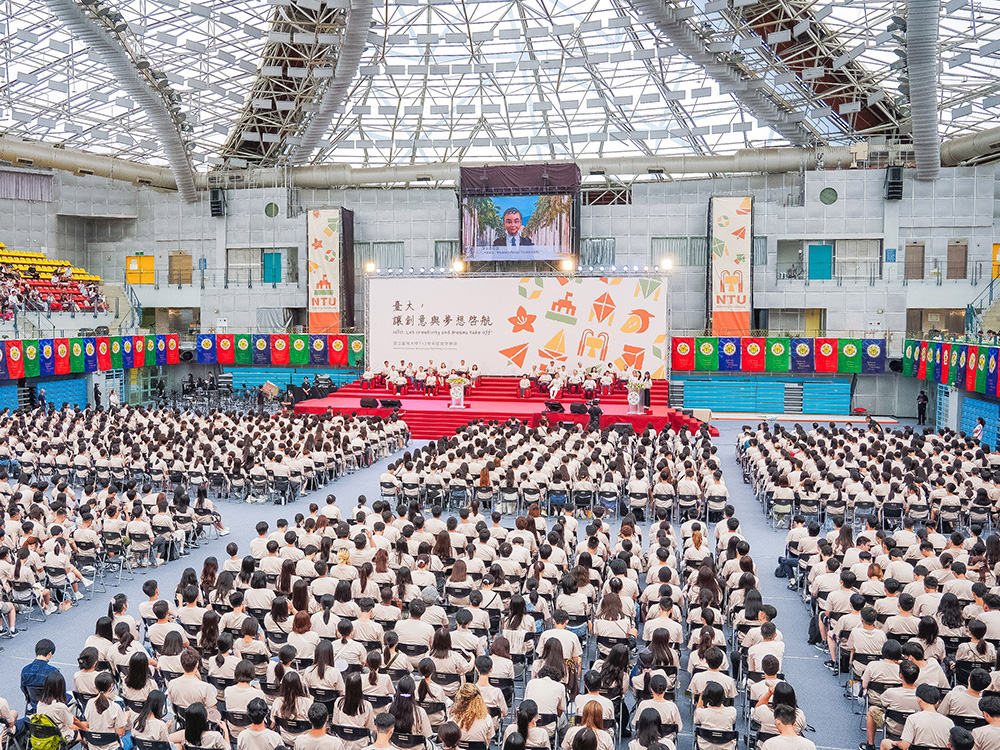
NTU Opening Ceremony: “Where Creativity and Dreams Take Flight”
瀏覽器版本過舊,或未開啟 javascript
請更新瀏覽器或啟用 javascript
Spotlights
Eradication rates and side effects of Bismuth quadruple therapy (BQ) and levofloxacin-based quadruple therapy (EAML) in second-line treatment of Helicobacter pylori.
The antimicrobial resistance gene profile shows a significant increase immediately after completion of eradication, but it can recover to the pre-treatment state at both the eight-week mark and one year later.
Helicobacter pylori is the main cause of stomach cancer. National Taiwan University Hospital (NTUH) has been providing H. pylori screening and eradication treatment to individuals at high risk of stomach cancer. With the support of the National Science and Technology Council (NSTC) and the Ministry of Health and Welfare, under the leadership of President Ming-Shiang Wu (吳明賢), multiple medical centers in Taiwan have come together to establish the “Taiwan Clinical Trial Consortium for Gastrointestinal Disease and Helicobacter.” The Consortium conducts clinical trials and carries out H. pylori screening. The results have shown that the prevalence rate of H. pylori in Taiwanese adults has decreased from 60% thirty years ago to 30%. In children, it has decreased even further to 10%. The standardized incidence rate of stomach cancer has also continued to decline.
In recent years, the medical team has developed highly effective first-line treatment regimens that achieve an eradication rate of over 90%. Furthermore, they have dedicated efforts to developing second-line and third-line rescue treatment regimens for difficult-to-treat H. pylori infections. According to recent research by Prof. Ming-Shiang Wu and research team members including Dr. Jyh-Ming Liou (劉志銘), Dr. Yi-Chia Lee (李宜家), Dr. Chieh-Chang Chen (陳介章), Dr. Yu-Jen Fang (方佑仁), and Dr. Mei-Chih Chen (陳美志), the Bismuth quadruple therapy (BQ) and the levofloxacin-based quadruple therapy (EAML) have achieved eradication rates of 93% (245/264) and 90% (246/273), respectively, in second-line H. pylori treatment. For those who have failed second-line eradication, another prescription is used as rescue therapy, resulting in cumulative eradication rates of 97% (255/264) and 96% (261/273) for the two groups, respectively.
In addition, the research team also conducted long-term monitoring of the composition of the gut microbiota and the antimicrobial resistance gene profile in these patients. They collaborated with Professor Emad El-Omar's team at the University of New South Wales, Australia, for international research. The study found that after receiving H. pylori eradication therapy, the diversity of the gut microbiota temporarily decreased, but after one year, it had recovered to a level similar to that before treatment. The antimicrobial resistance gene profile significantly increased immediately after completion of eradication, but by the 8th week and one year later, it had returned to the pre-treatment level.
These research findings provide important insights for both domestic and international second-line and third-line rescue therapies for H. pylori. They also demonstrate that the composition of the gut microbiota and the antimicrobial resistance gene profile can recover to a level similar to that before treatment after one year of eradication, providing a safety basis for using eradication to prevent gastric cancer. The results of this study were published in the prestigious international journal The Lancet Gastroenterology and Hepatology in 2023 and received dedicated commentary and introduction. It was also selected as the cover article for the issue. NTUH continues to strive for the development of healthcare service technology in the post-pandemic era, clarifying the changes in the gut microbiota after eradication, and making continuous advancements in community-level, individual-level, and basic science aspects, with the aim of effectively reducing the threat of gastric cancer to the health of the population.
Read the article on The Lancet Gastroenterology and Hepatology:https://www.thelancet.com/journals/langas/article/PIIS2468-1253(22)00384-3/fulltext

NTU Opening Ceremony: “Where Creativity and Dreams Take Flight”
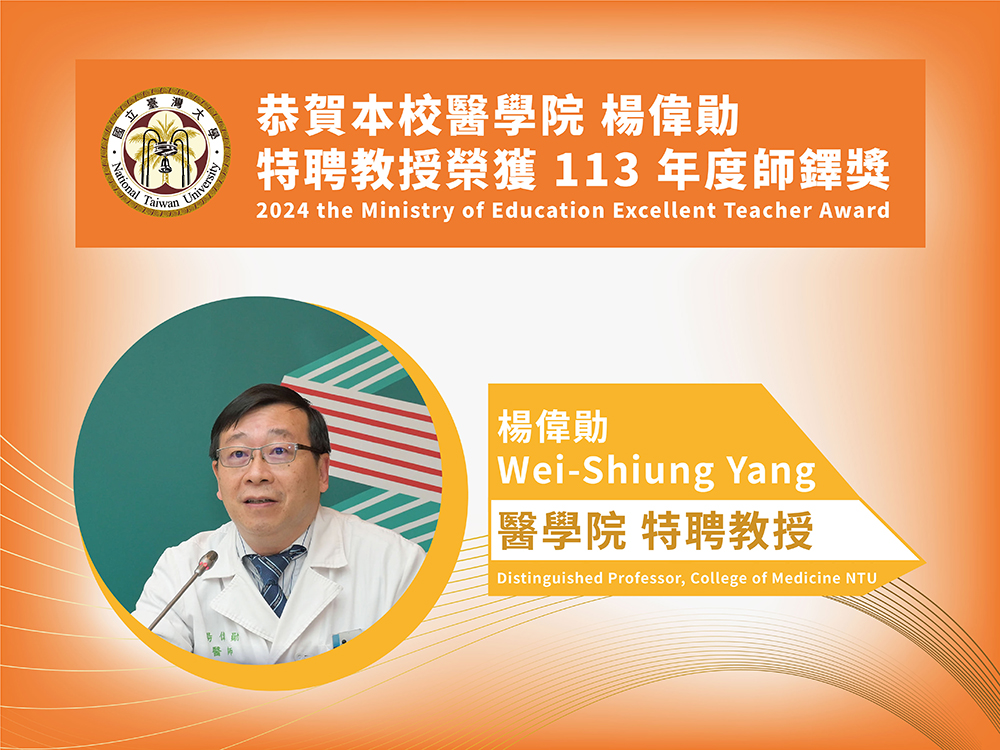
Prof. Wei-Shiung Yang wins MOE National Excellent Teacher Award
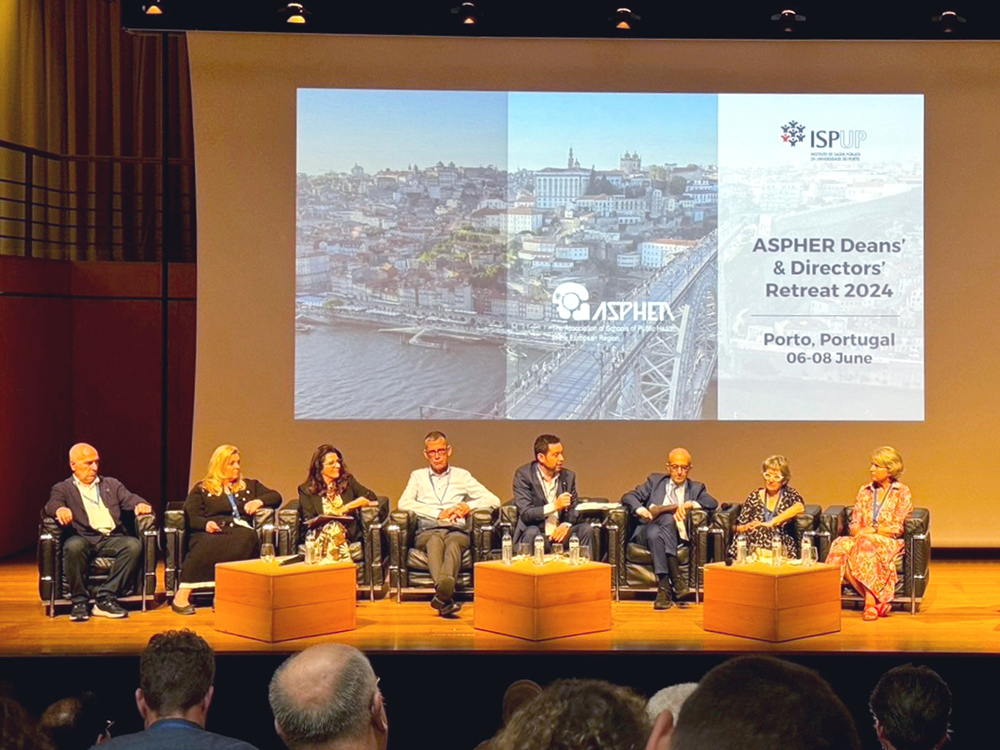
NTU College of Public Health's Global Health Program Joins the Association of Schools of Public Health in the European Region
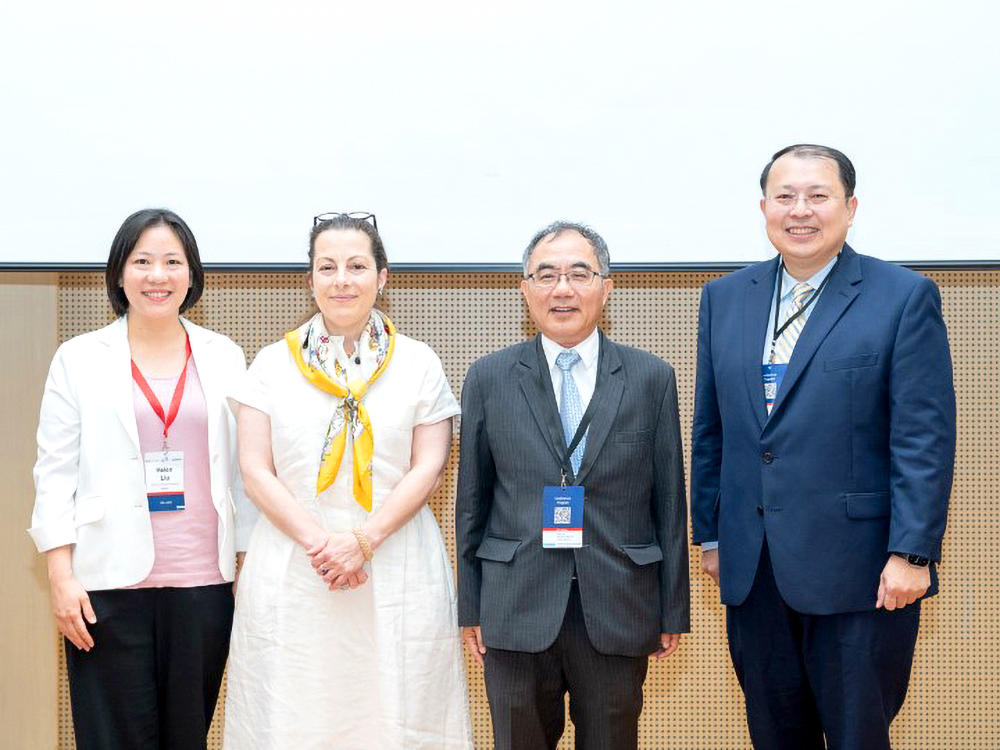
NTU hosts a successful dg.o 2024
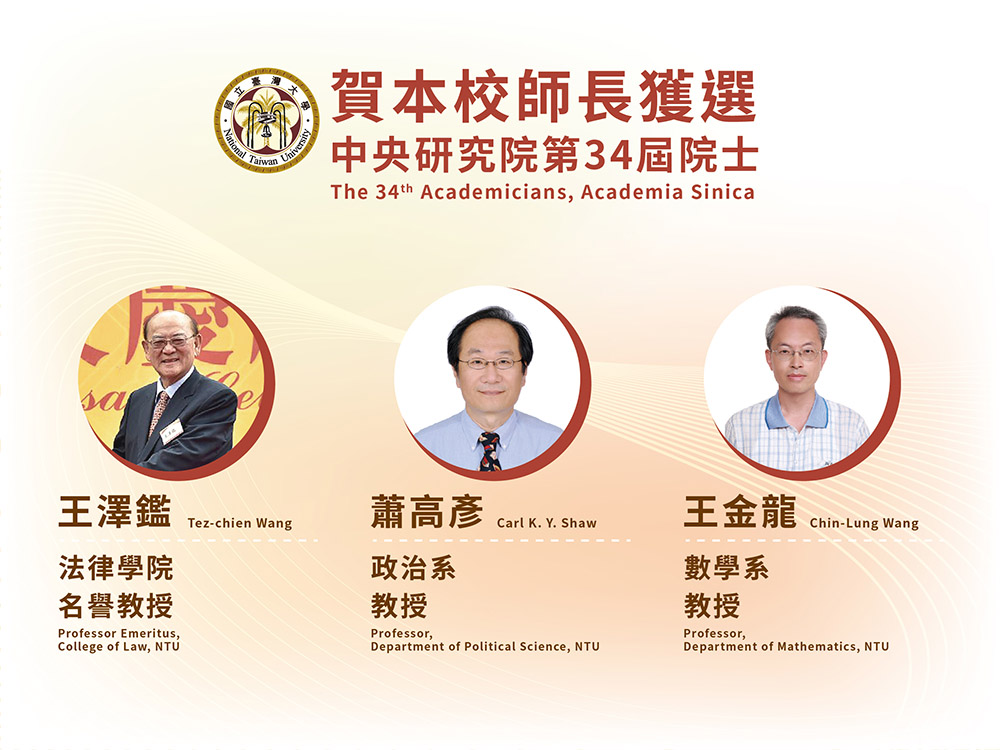
Congratulations to NTU faculty members elected as 34th AS academicians
Current Spotlights